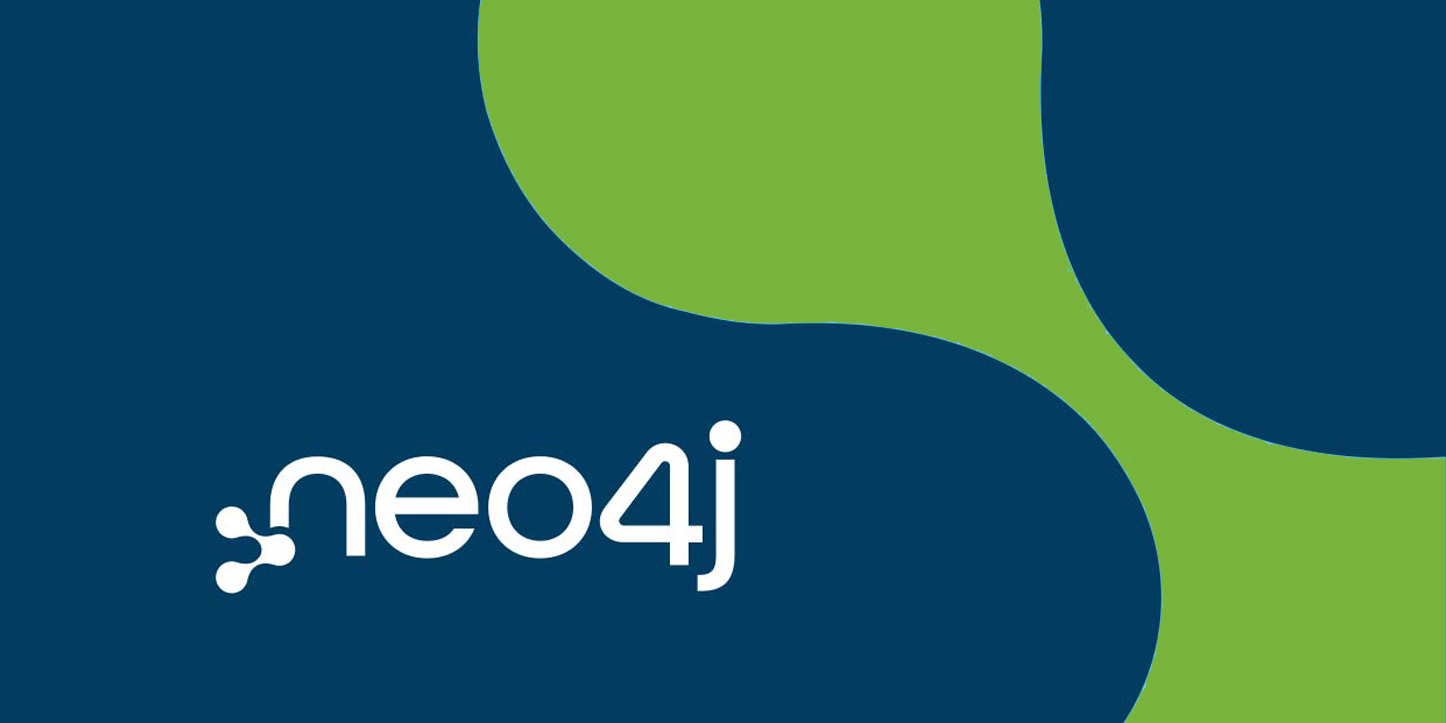Connecting Data Across the Enterprise: The 5-Minute Interview With Simone Novali

Senior Marketing Manager, EMEA, Neo4j
3 min read

“Neo4j is a strategic partner and the most complete and powerful graph database we found. So we decided to use Neo4j as our graph database,” says Simone Novali, Enterprise Architect.

When the Neo4j team stopped by Milan for an Italian installment of our GraphSummit roadshow, they got the opportunity to learn from graph experts, make global connections, and hear customers’ stories. Our 5-Minute Interview with presenter Simone Novali, System Architect at Zurich Italia, shined a light on his own journey to graph and some of the challenges and celebrations he faced along the way.
Simone’s presentation demonstrated how to use Neo4j to keep an organization’s applications, servers, and costs in check, and he expounded on that topic here. Take a read, or watch the video, and get the scoop on another fascinating use case. Enjoy!
Please introduce yourself.
Simone Novali: I am Simone Novali. I’ve been working at Zurich Italia since 2014, and I’m responsible for the foreign enterprise architecture team. We are using Neo4j to develop a new system and a new IT knowledge base to collect data from different systems. We acquire this data to understand the cost, to understand the benefit, to understand how to evolve our architecture.
Why did you choose Neo4j?
Simone Novali: We are using Neo4j for tourism. One, because we think that graph databases can incredibly help us to obtain our aim, instead of using a relational database.
And second, because for Zurich, Neo4j is a strategic partner and the most complete and powerful graph database we found. So we decided to use Neo4j as our graph database.
Do you have any advice for someone getting started with Neo4j?
Simone Novali: My trick is to use people who can help us define the correct graph, because the real challenge with graph databases is building a real correct graph. Not too big, not too small – otherwise you can spend too much time on inquiry, or you can’t map all your necessities.
So use people that can help you. We have some colleagues and some system integrators that can help us, and we use them. And be curious in the sense of – especially for me, for example – I spent many years using a relational database.
Initially, it was very difficult to understand a graph database, but with curiosity, I learned many things, and now it is very, very fantastic to use a graph database.
What do you think is in store for the future of graph databases?
Simone Novali: Yeah, I think that in the future, we’ll have so much data that will arrive from different systems. In insurance, I think to ioT, from data arriving from a black box and other components – you can connect this data with the application, with the servers.
So I think that a graph database can be really big and important for us and for our journey into digital transformation, because we need to collect and examine a very high level of data immediately, quickly – and a graph database can help us do that.
And as of this morning, I see that Neo4j is working harder to develop new functionalities and new features that can help us, especially for a distributed system. That is the main problem we currently have.








